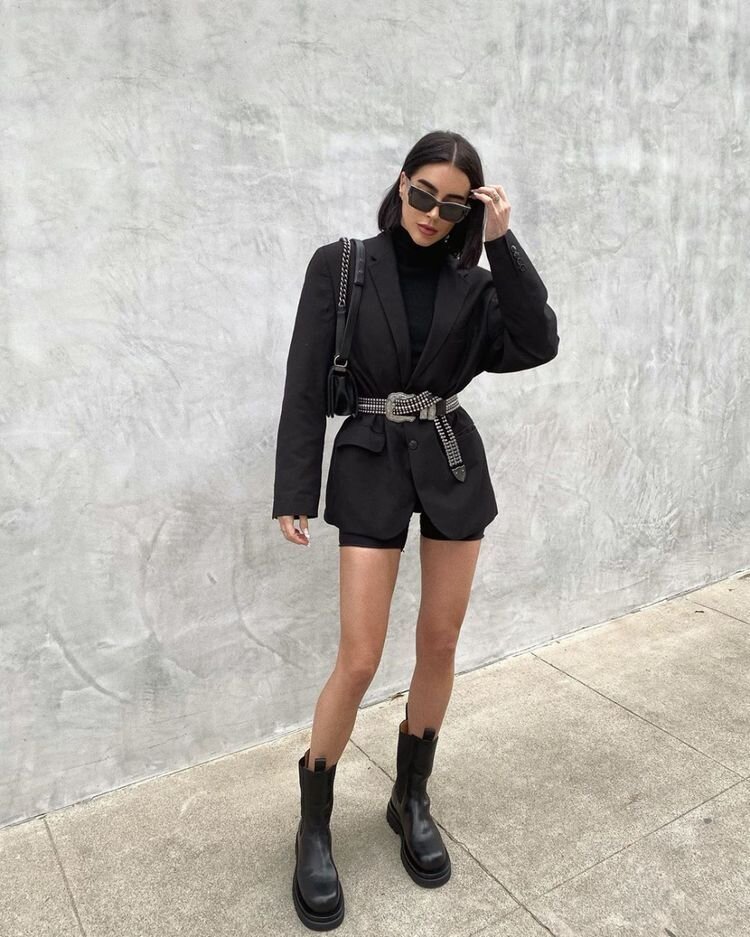Color Theory For Building A Sustainable Wardrobe
Understanding what colors suit you best can help you build a more sustainable wardrobe. How many times have you bought a piece of clothing just because it is trendy but in just a couple of weeks you realize it doesn’t suit you well?
Color Theory is a powerful tool to help buy more consciously and it can even save us money when we invest in timeless pieces that suit us perfectly. Amazing right? So, let me help you find out which colors make you look radiant and which colors are just not right for you.
What exactly is Color Theory? It is a practical combination of art and science that is used to determine what colors look good together.
This can help you to gain more confidence and attention. The colors that compliment your skin can make you look healthy and radiant, while others can change that perception. Some people are afraid of using colors but using them correctly can make you stand out.
The first step to discover how you can start playing with different colors, patterns and textures is discovering your skin tone and your undertone.
Skin tone = Your skin color. Usually refers to fair, medium or dark and it may change during the seasons.
Undertone = The natural colors underneath the surface of your skin. Usually refers to cool, warm or neutral and it never changes.
So let's find your perfect match:
The first step is to check out your veins: Usually, if your veins look greenish, you may have warm undertones. If your veins look blue or purplish-looking, you may have cooler undertones. If you have neutral undertones, then your veins may appear colorless or match the color of your skin.
If you can’t see it clearly, put on some jewelry: Yellow gold tends to look good on warm or olive undertones. Silver, platinum and rose gold tend to look more flattering on cooler undertones. But, if you tend to look good in both gold and silver and you play around based on your outfit, you may have neutral undertones. The metal that makes your skin glow and makes you look more radiant and healthier is your new best friend.
Neutral-colored clothing: Snow white tends to favor cooler undertones, while warm undertones look better in off-white. Warm undertones also tend to complement brown hues, while cooler tones look better in black. Like jewelry, if you are lucky and have neutral undertones, you can wear all colors with no effect on your overall appearance.
How your skin reacts to the sun: Do people notice if you went on vacation to Miami or Ibiza? If you tan easily, then you may have warm undertones. If you have a cool undertone, you’re likely to sunburn easily and perhaps apply sunscreen more often. But no matter what undertone you have, never forget to wear sunscreen.
Knowing your undertone is crucial if you’re deciding to change your hair color.
Now, let's apply this to color... Is red your favorite color but now you think it doesn’t flatter you? Relax! There are cools and warms in each color, there are different shades and tones.
Here is an example:
PHOTO: JUSTPAINT.ORG
Once you have a better understanding of your skin tone and undertone, you can finally meet your new best friend: the color wheel.
Now let's see how to play effectively with color combinations, how to properly balance them out or make one of them stand out when creating your outfit:
Complementary
Two colors that are on opposite sides of the color wheel. This combination provides a high contrast. Together, these colors will appear brighter and more prominent.
Monochromatic
Three shades, tones and tints of one base color. A subtle and versatile color combination. Easy to apply for a harmonious outfit.
Analogous
Three colors that are side by side on the color wheel. This color combination is versatile but can be overwhelming. To balance: choose one dominant color.
The more colors you have in your palette, the more careful you have to be to balance them out.
Triadic
Three colors that are evenly spaced on the color wheel. This provides a high contrast color scheme. This combination creates bold and vibrant color palettes.
Tetradic
Four colors evenly spaced on the color wheel. Tetradic color schemes are bold and work best if you let one color be dominant, and use the others as accents.





PHOTO: COLOR WHEEL - CANVA.COM
If you want to know more about colors, you can read about color psychology, because different colors can evoke different feelings or perceptions. This is important for special occasions such as job interviews.
It takes time to master the art of color combination but keep practicing! Here you can check some websites to find trending color palettes or make your own:
Personal stylists can also help you understand which colors and styles suit you best.











